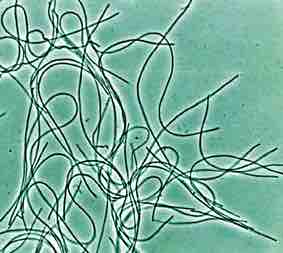Carbon fixation is a key pathway in numerous microorganisms, resulting in the formation of organic compounds deemed necessary for cellular processes. One of the pathways that is utilized for carbon fixation is the 3-hydroxypropionate cycle. Specifically, in this cycle, the carbon dioxide is fixed by acetyl-CoA and propionyl-CoA carboxylases. This process results in the formation of malyl-CoA which is further split into acetyl-CoA and glyoxylate. Propionyl-CoA carboxylase is an enzyme that functions in the carboxylation of propionyl CoA. This enzyme functions in the mitochondrial matrix and is biotin dependent. The acetyl-CoA carboxylase utilized in this cycle is biotin-dependent as well and catalyzes the carboxylation of acetyl-CoA to malonyl-CoA.
This pathway produces pyruvate via conversion of bicarbonate and also results in the production of intermediates such as acetyl-CoA, gloxylate and succinyl-CoA. To date, this pathway has been identified in organisms classified as green non sulfur bacteria, specifically Chloroflexus aurantiacus () and in chemotrophic archaea. The green non sulfur bacteria uses reduced sulfur compounds, such as hydrogen sulfide or thiosulfate as an electron donor for metabolism. The ability of Chloroflexus aurantiacus to utilize this pathway is unique. The 3-hydroxypropionate cycle is a newly discovered pathway, thus, the exact details involving this process in regards to enzymes and intracellular components are still currently under investigation. However, the cycle can be broken down into two major phases, carbon dioxide fixation and glyoxylate assimilation. Glyoxylate, the conjugate base of glyoxylic acid, is the form that exists at a neutral pH. The importance of glyoxylate within microorganisms is in its ability to convert fatty acids into carbohydrates. Numerous types of organisms including bacteria, fungi and plants can utilize glyoxylate for these processes.

Chloroflexus aurantiacus
An image of Chloroflexus aurantiacus, a green nonsulfur bacteria that utilizes the 3-hydroxypropionate pathway.